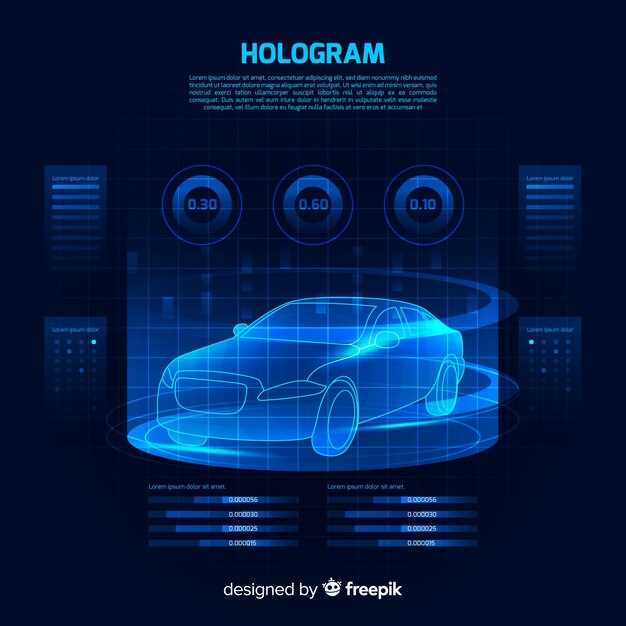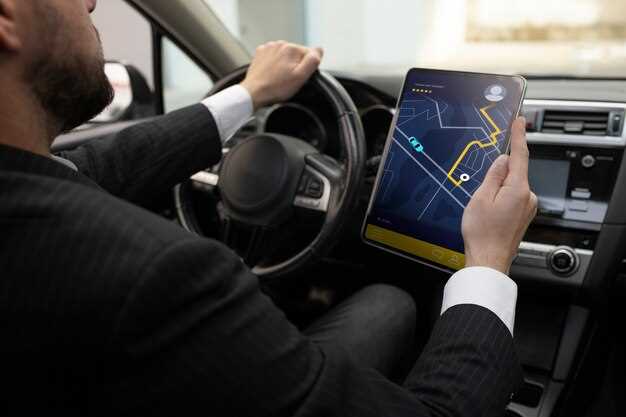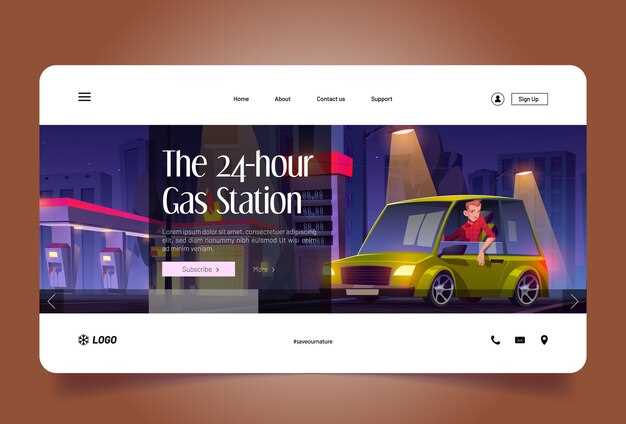
The automotive industry is on the brink of significant transformation as we approach 2025. Various trends are emerging that will reshape the car market, influencing both manufacturers and consumers. Understanding these trends is essential for stakeholders aiming to navigate the evolving landscape effectively.
One of the most impactful developments is the shift towards electric vehicles (EVs). The growing concern over environmental sustainability has prompted a substantial increase in demand for electric cars. This outlook indicates that automakers must adapt their production strategies and invest heavily in EV technology to remain competitive. Furthermore, government incentives and infrastructure improvements are expected to support this transition.
Additionally, the integration of advanced technology in vehicles is accelerating. From autonomous driving systems to enhanced connectivity, these innovations are redefining user experiences and safety standards. Keeping an eye on these technological trends will be crucial for understanding consumer preferences and shaping future car models.
Finally, market dynamics are also being influenced by shifting consumer behaviors. As younger generations prioritize sustainability and innovation, the demand for traditional combustion engines may decline. This outlook raises questions about how the industry will pivot to meet these changing expectations. Being aware of these key trends will provide valuable insights for anyone involved in the automotive sector.
Electric Vehicle Adoption Rates and Their Influence on Market Dynamics

The adoption rates of electric vehicles (EVs) are set to reshape the automotive market significantly by 2025. Increased consumer awareness, environmental concerns, and government incentives are driving a rapid transition toward EVs. As more consumers opt for electric cars, traditional internal combustion engine (ICE) vehicles are at risk of losing market share.
Market trends indicate a robust growth trajectory for EVs, with projections suggesting that they could account for over 30% of global car sales by 2025. Major automakers are investing heavily in EV technology and infrastructure to meet this surge in demand. This shift not only influences vehicle manufacturers but also impacts suppliers and their existing supply chains, which are evolving to accommodate new battery technologies and sustainable materials.
The dynamics of the car market are also changing. With the rise of EVs, manufacturers are re-evaluating their marketing strategies to target eco-conscious consumers. The integration of technology, such as autonomous driving features and connected services, is becoming paramount in attracting buyers. These trends highlight a transition toward a more technologically advanced and environmentally friendly market landscape.
Furthermore, the infrastructure for EVs, including charging stations, is expanding rapidly, which will facilitate greater consumer adoption. As availability increases, the convenience factor will influence more buyers to consider electric options over traditional vehicles. Consequently, as adoption rates climb, established market players and new entrants alike will have to adapt their business models to remain competitive in the evolving automotive ecosystem.
In conclusion, the accelerating rates of electric vehicle adoption are poised to transform the car market by 2025. This transition presents both challenges and opportunities for manufacturers, consumers, and the broader automotive industry, making it crucial to monitor these trends closely.
Impact of Autonomous Driving Technology on Consumer Preferences

The advent of autonomous driving technology is poised to significantly reshape consumer preferences in the automotive market. As the industry embraces this innovation, several key trends are emerging that reflect changing attitudes and expectations among vehicle buyers.
First and foremost, safety has become a paramount concern for consumers. With autonomous vehicles promising advanced safety features such as collision avoidance and adaptive driving capabilities, buyers are increasingly prioritizing these aspects in their purchasing decisions. The perception of reduced risk associated with autonomous driving technology is influencing consumer outlook toward vehicle ownership.
Secondly, convenience is a notable driver of consumer interest. The automated features allow drivers to multitask, transforming their travel experience. This shift is indicative of a growing preference for vehicles that offer enhanced comfort and usability, aligning with current trends in consumer behavior that value time efficiency and convenience.
Additionally, the integration of artificial intelligence and connectivity in autonomous driving technology is reshaping expectations regarding vehicle capabilities. Buyers are looking for smart features that enable seamless interaction with personal devices and integrate with smart home systems. This trend highlights a shift toward personalized and tech-savvy driving experiences.
Environmental sustainability is another factor influencing consumer preferences. As autonomous technology intersects with electric vehicles, buyers are increasingly drawn to eco-friendly options. The market outlook indicates a rising demand for vehicles that not only prioritize automation but also contribute to reducing carbon footprints.
In summary, the impact of autonomous driving technology on consumer preferences is multifaceted. The trends of enhanced safety, convenience, personalized experiences, and sustainability are key indicators of how consumers are re-evaluating their choices in the automotive market. As these preferences evolve, manufacturers must adapt to meet the rising expectations for innovative and responsible driving solutions.
Shifts in Mobility Solutions and Their Effect on Traditional Car Ownership
The car market is undergoing significant changes as new mobility solutions emerge, reshaping consumer behavior and altering the traditional car ownership model. As we look toward 2025, several trends are evident that indicate a strong shift in how people view personal transportation.
One prominent trend is the rise of shared mobility services, such as ride-hailing and car-sharing platforms. These services provide consumers with flexible transportation options without the long-term commitment and costs associated with ownership. This paradigm shift signals a growing acceptance of accessing mobility on-demand rather than maintaining a personal vehicle.
Electric vehicles (EVs) are also playing a crucial role in the evolution of mobility solutions. As infrastructure improves and charging solutions become more widespread, consumers are increasingly attracted to electric options. This trend aligns with a broader market outlook focusing on sustainability, encouraging potential buyers to reconsider their dependence on traditional internal combustion engine vehicles.
Moreover, advancements in technology, such as autonomous driving, are set to revolutionize personal transportation even further. The promise of self-driving vehicles could reduce the need for car ownership, as autonomous fleets may provide safe and efficient mobility solutions. This shift suggests a move toward more integrated and shared transport systems, which could ultimately decrease the total number of vehicles needed on the road.
In summary, the evolving landscape of mobility solutions is redefining consumer attitudes toward traditional car ownership. With the convergence of shared services, electric vehicles, and autonomous technologies, market trends will likely favor flexible, eco-friendly transportation options over singular personal ownership models. As we approach 2025, these shifts will profoundly influence the automotive market, creating opportunities for businesses to adapt to changing consumer needs and preferences.






